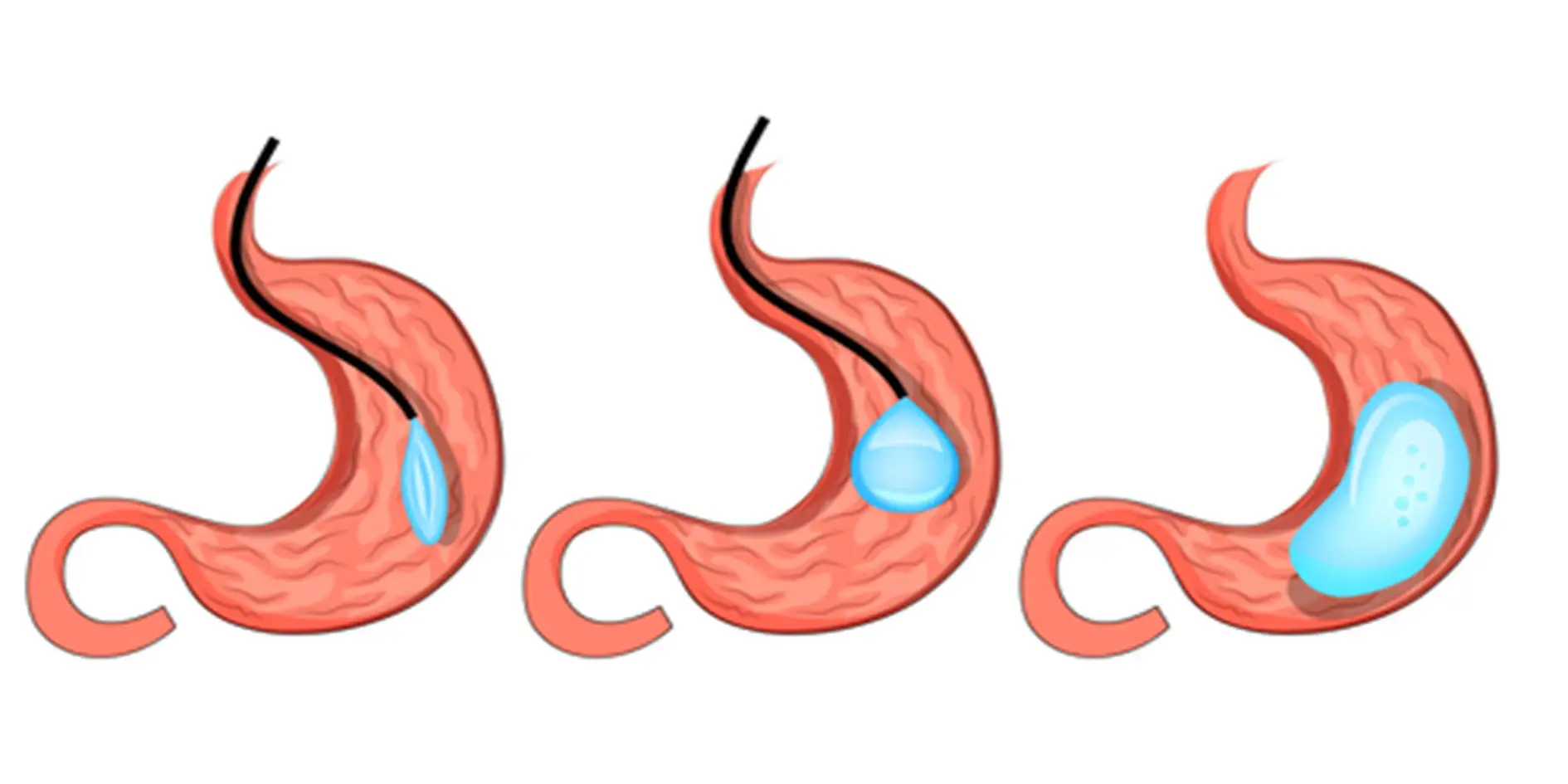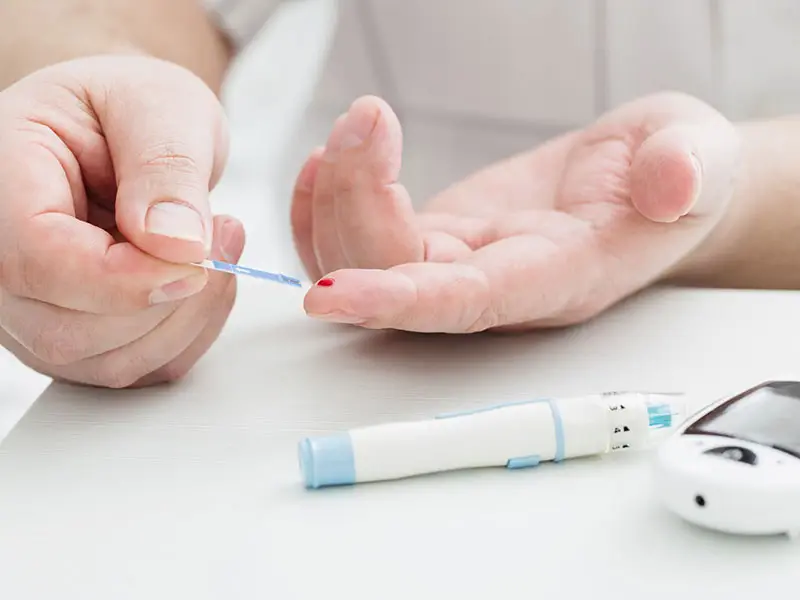
All of our treatment services in the General Surgery Unit of Medifema Hospital are provided by our experienced and specialized physicians and healthcare personnel in a patient-oriented, service-friendly, reliable and transparent manner. All emergency surgical procedures and all laparoscopic surgical operations in this unit are performed successfully.
All treatment processes planned with respect to patient health, especially obesity operations, are supported by consultations of other branches and physicians of our hospital.
– Obesity and Metabolic Surgeries
– Laparoscopic Reflux Surgeries
– Gastric Balloon Procedure
– Laparoscopic Stomach and Intestinal Cancer Surgeries
– Endoscopy Unit: Gastroscophy-Colonoscophy
– Hemorrhoid Surgeries
(Longo-Hemorroidopexy)– Stomach and Inguinal Hernia Surgeries
– Breast Cancer Surgeries
– Thyroid Gland Cancer and Goiter Surgeries
SLEEVE GASTRECTOMY
Gastric Sleeve operation, also known as Tube Stomach Operation, is performed under laparoscopic (closed) method and under general anesthesia. This type of obesity surgery is the most common method applied in the late period. It is the process of making the stomach a tube via starting from the end point of the pylorus, the end point of the stomach, at a distance of about 3-6 cm by means of special tools. Approximately 45 minutes after the process, approximately 75-80% of the stomach is removed.
With the diet and nutrition program that is specifically prepared for the patient after the operation, the patient achieves his/her healthy weight within 10-12 months.
How Does the Sleeve Gastrectomy Cause Weight-Loss?
Sleeve gastrectomy is a restrictive procedure. It greatly reduces the size of the stomach and limits the amount of food that can be eaten at one time. It does not cause decreased absorption of nutrients or bypass the intestines. After this surgery, patients feel full after eating very small amounts of food. Sleeve gastrectomy may also cause a decrease in appetite. In addition to reducing the size of the stomach, the procedure reduces the amount of the “hunger hormone,” ghrelin, produced by the stomach.1 the duration of this effect is not clear yet, but most patients have significantly decreased hunger after the operation.
Advantages of sleeve gastrectomy
- Stomach volume is reduced in size, but functions normally after sleeve gastrectomy.
- Minimizes the chance of an ulcer occurring in the stomach
- Sleeve gastrectomy has only a small risk of bowel blockage or vomiting from a blocked stomach
- Much less food intolerance than after a gastric band
- Can be done keyhole (laparoscopic ally)
- Post-operation diet advice for Sleeve Gastrectomy
The changes to your digestive system involved in sleeve gastrectomy mean that you will need to follow a specific diet. A dietician will see you before you are discharged from hospital to assist you with the changes needed for your new lifestyle. After the second day of the surgery, you can start fluid in taking slowly and on the third day you can take fluids regularly for 14 days and after that time, you can start eating soft foods. You will be able to eat all kind of foods after the 4th week of the surgery.
- Eat small, frequent meals at least six times per day.
- Everyone tolerates foods differently. Avoid those foods known to cause you problems.
GASTRIC BALLOON PROCEDURE
A gastric balloon aims to reduce feelings of hunger and help you feel fuller for longer after eating only small meals. Also known as an intragastric balloon, this type of weight loss treatment can help you lose weight without invasive surgery. During the procedure a soft balloon is inserted into your stomach through your mouth, using an endoscope (a thin, flexible telescope). The balloon is then filled with saline solution to partially fill your stomach, leaving less room for large amounts of food or drink. A gastric balloon is designed to be a temporary weight loss solution, and will usually beremoved after six months. It is sometimes used to help you lose enough weight to undergo gastric banding or gastric bypass surgery.
Who is the intragastric balloon suitable for?
The intragastric balloon is designed to assist with weight loss in people who is suffering obesity for at least 5 years. The BMI with a 30 and lower. It is also used for people who are not suitable for other forms of weight loss surgery. The use of the Gastric Balloon may assist in reducing weight prior to surgery, therefore reducing the risks associated with surgical procedures on overweight patients.
How is the gastric balloon procedure performed?
The balloon is introduced into the stomach through the mouth without the need for surgery. The doctor inserts an endoscopic camera (gastroscope) into the stomach. If no abnormalities are observed, the balloon is placed through the mouth and down the oesophagus into the stomach.
Once inside the stomach, it is then filled with a sterile saline solution, through a small filling tube attached to the balloon. Once filled, the doctor removes the tube by gently pulling on the external end, leaving the balloon inside the stomach.
This procedure is performed by a qualified specialist gastroenterologist alongside an anesthetist and trained nursing staff at several day surgeries and private hospitals throughout within Sydney.
Placement of the balloon takes approximately 20 minutes, after which patients are monitored by nursing staff in the recovery bay. As this is a “day-only” procedure, patients are generally discharged home within two hours after balloon insertion.




